Cellular Level of Organization презентация
Содержание
- 3. Topics: RESEARCH METHODS IN CYTOLOGY Cell. Membrane organelles Cell. REMEMBRANCE ORGANELLES
- 4. Topic: RESEARCH METHODS IN CYTOLOGY
- 5. QUESTIONS What studies Cytology. The idea that organisms are made up
- 6. What studies Cytology (I) Cytology - the science of the cell.
- 7. What studies Cytology (II) Cytology is closely related to
- 8. Cell theory In the XVII century. Robert Hooke, a physicist and
- 9. The main positions of the cell theory (I)
- 10. The main positions of the cell theory (II) Additions were made
- 12. Research methods in Cytology
- 13. Modern research methods The most useful in modern times were:
- 14. Fractionation method The method allows: to separate different organelles of
- 15. The stages of fractionation of the cell
- 16. Literature list
- 17. Topic: Cell. Membrane organelles
- 18. Questions: General outline of the cell structure Features of the structure
- 19. General outline of the cell structure
- 22. Features of the prokaryotic structure
- 23. Comparison of plant and animal cells:
- 34. Topic: Membrane organelles
- 41. Hypotheses of increasing the number of mitochondria in a cell: Mitochondria
- 46. Topic: CELL. REMEMBRANCE ORGANELLES
- 47. Questions : Cell wall Microtubules Microfilament Cell center Ribosomes
- 59. Topic: Nucleus. CHROMOSOME
- 60. Questions: Structure and functions of the nuclear apparatus of the cell
- 62. Chromosome The chromosome is a permanent component of the nucleus, characterized
- 72. Functions of chromosomes 1. Information - contains DNA, which contains qualitatively
- 73. Karyotype
- 81. Polytene chromosomes
- 84. CHROMOSOME TYPE "OF TUBE BRUSHES» Were opened In 1878 by W.
- 86. Скачать презентацию


























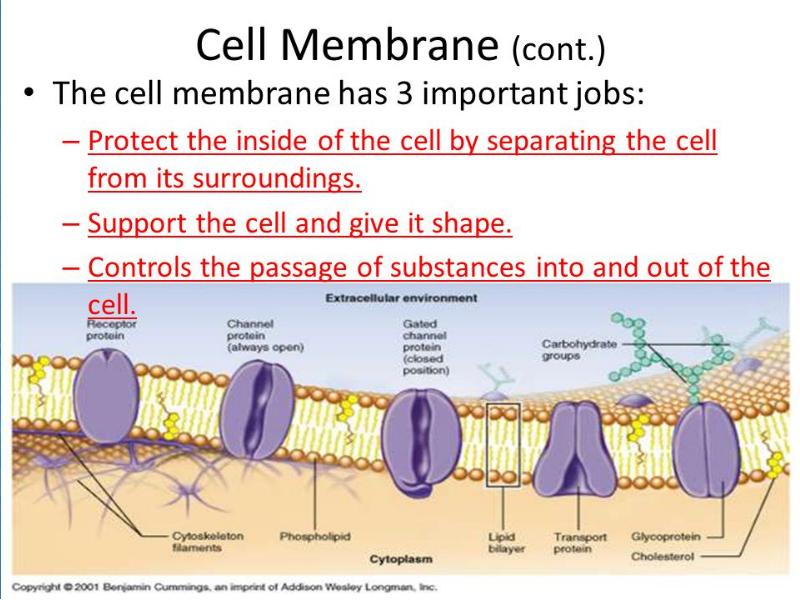
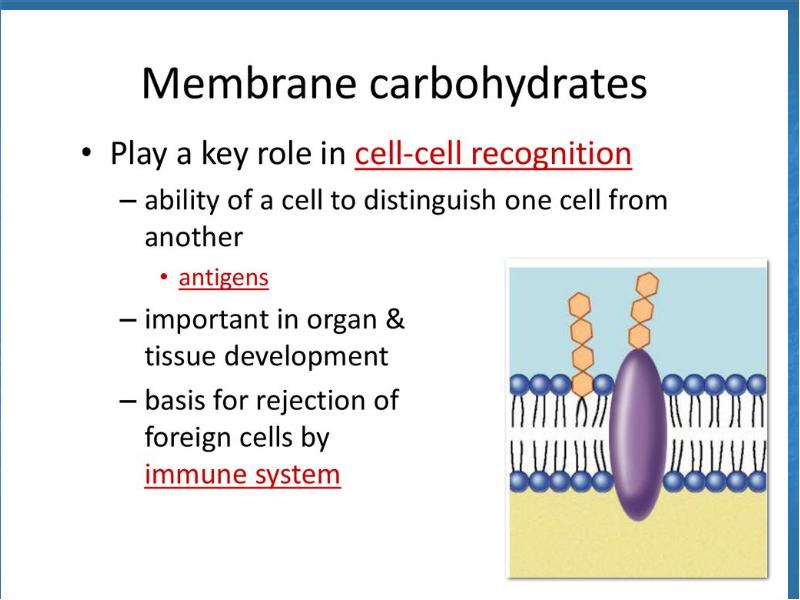
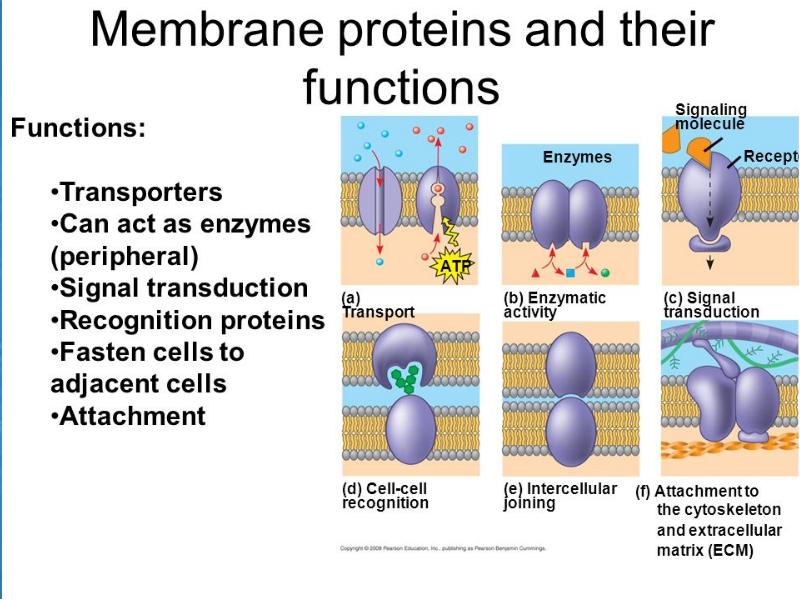

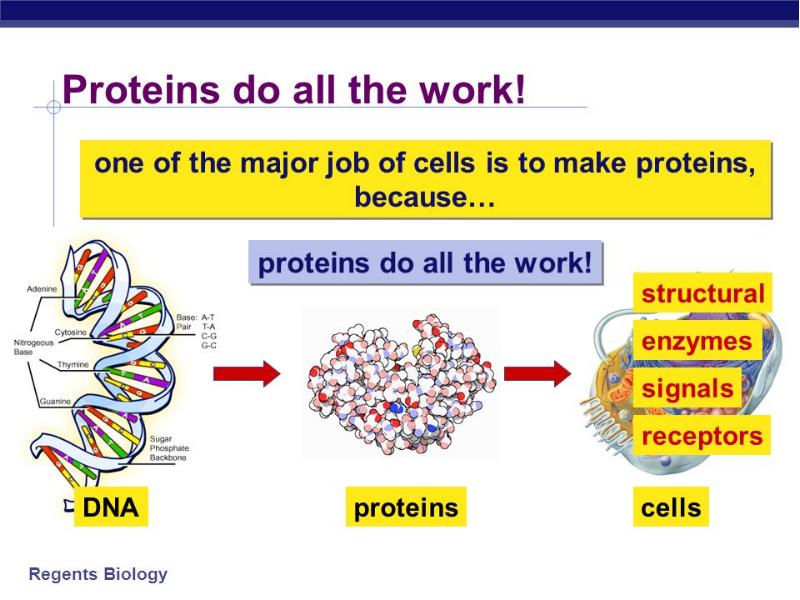

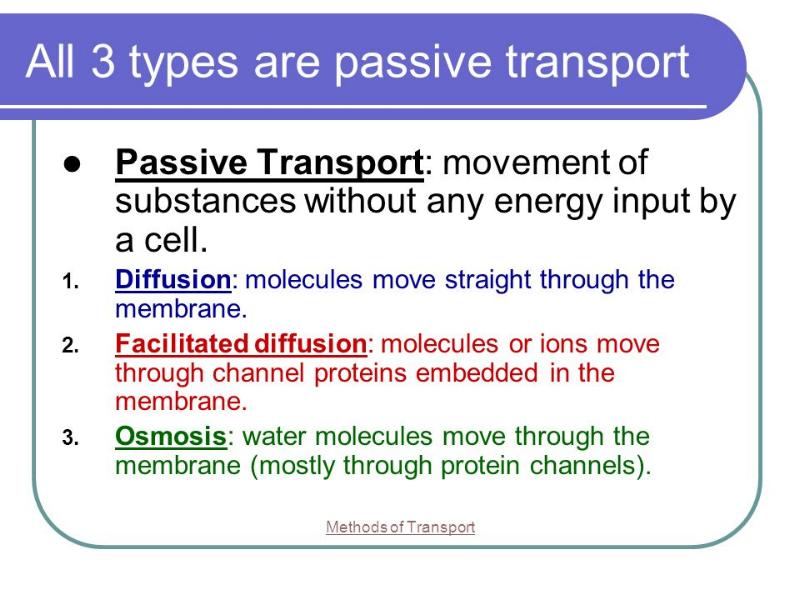
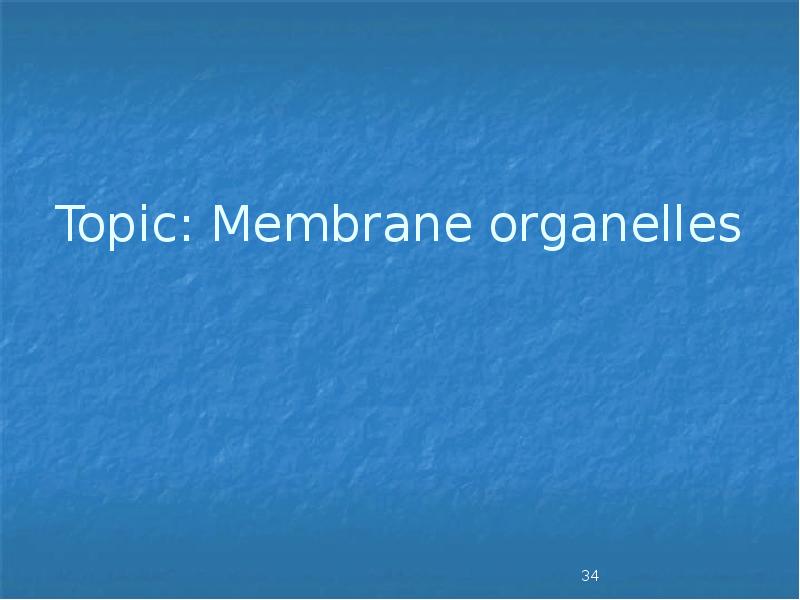
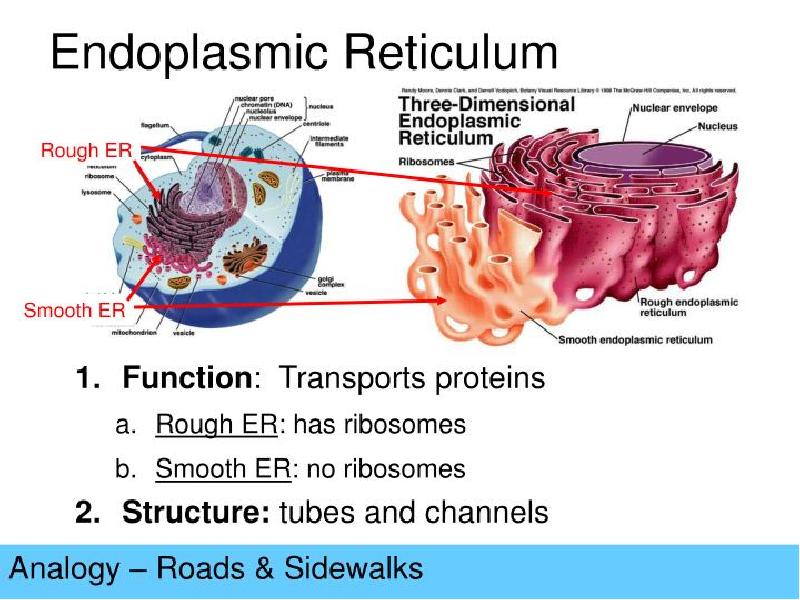
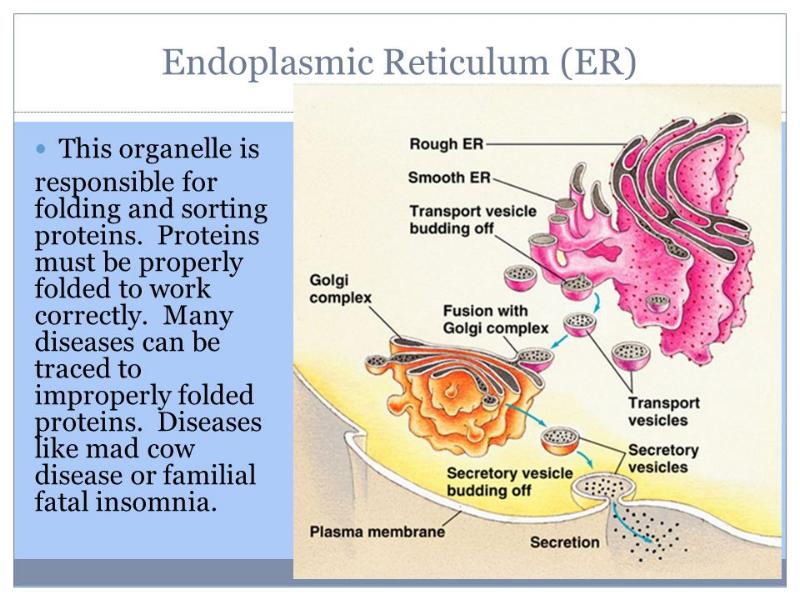
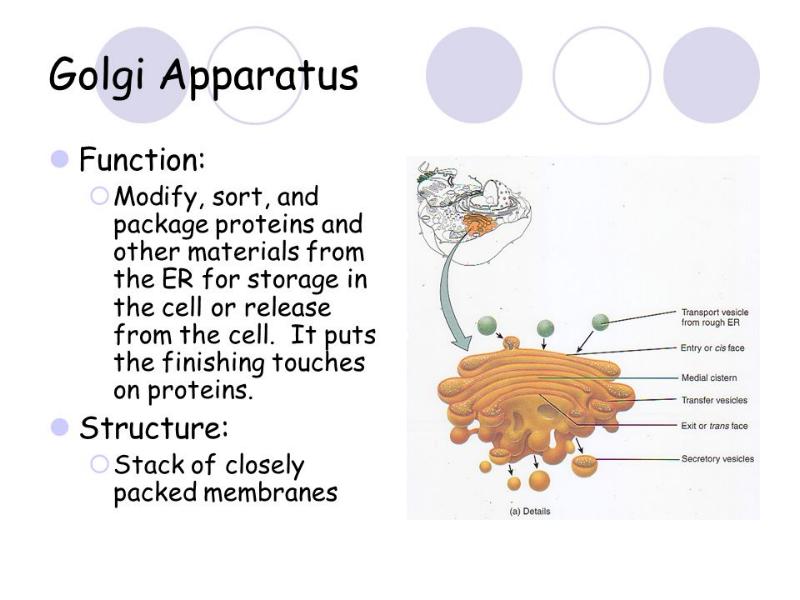
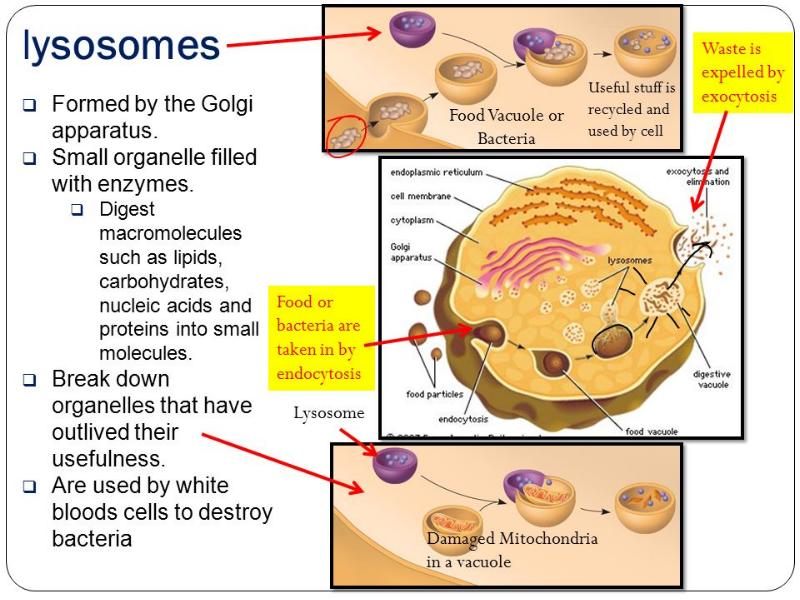
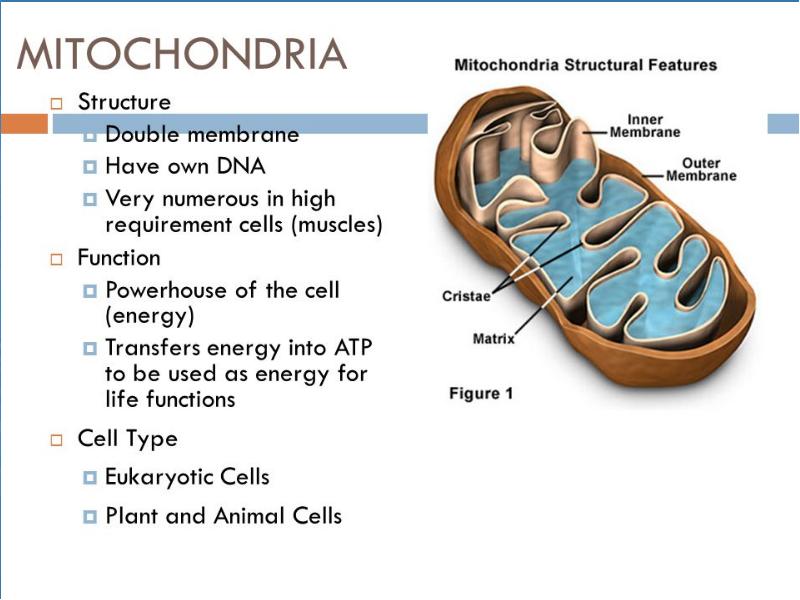
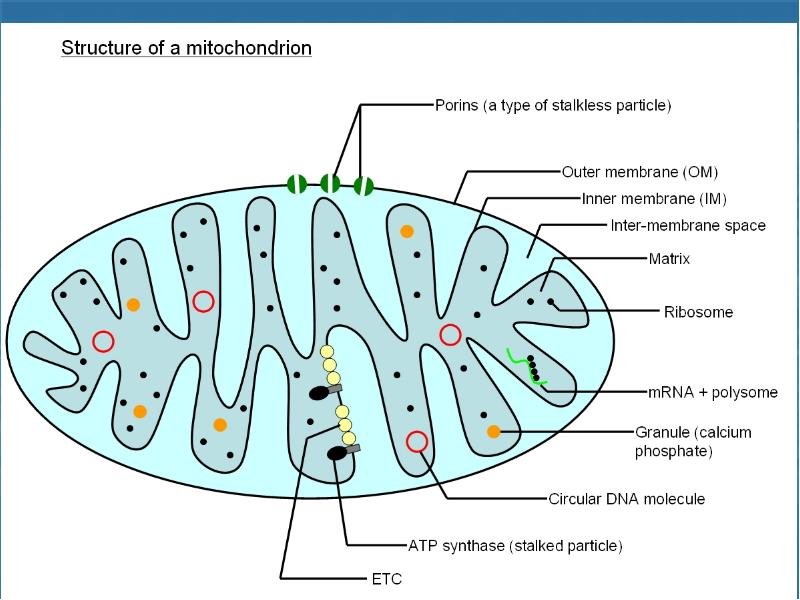
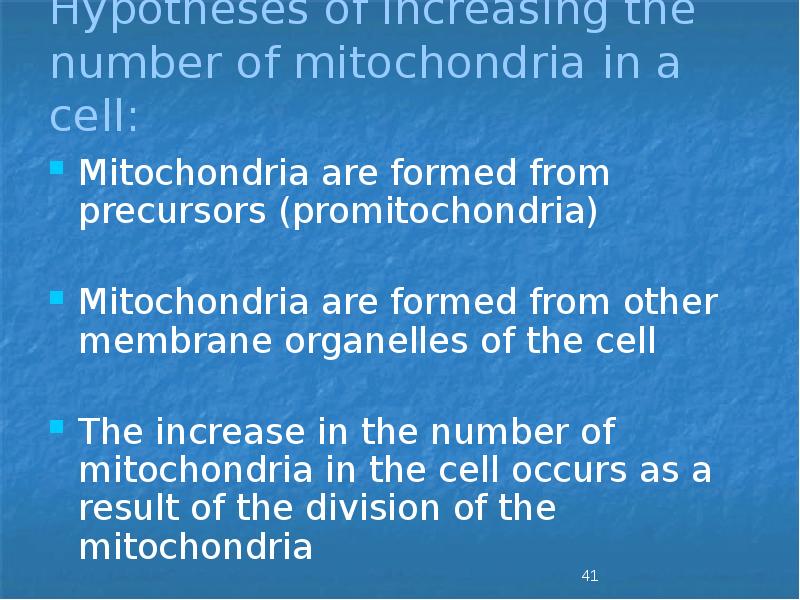
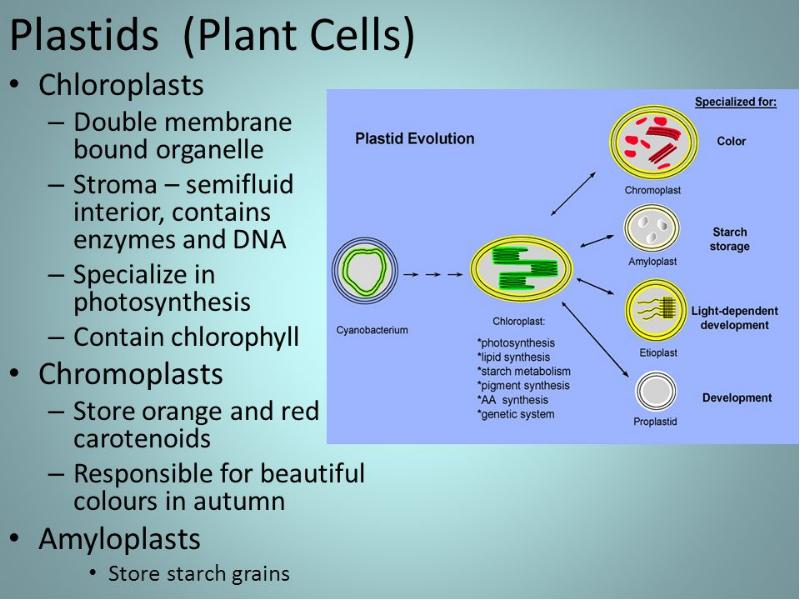
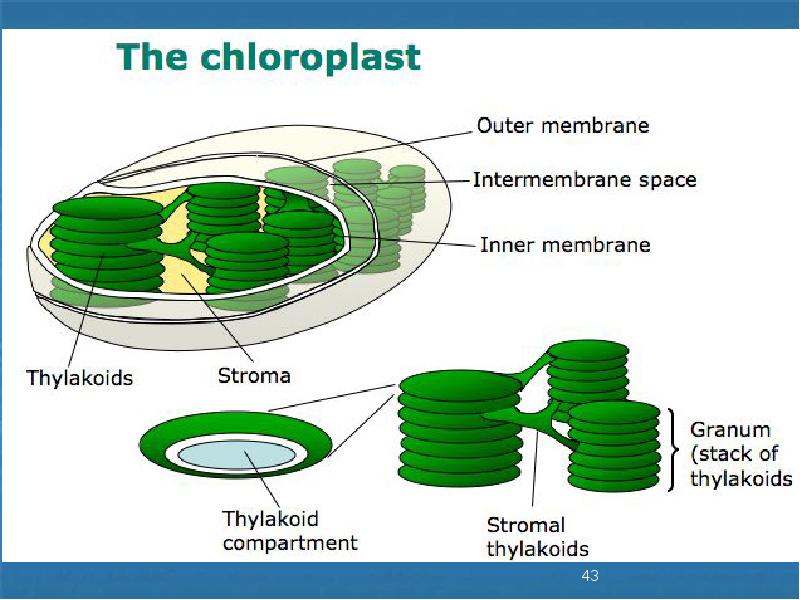
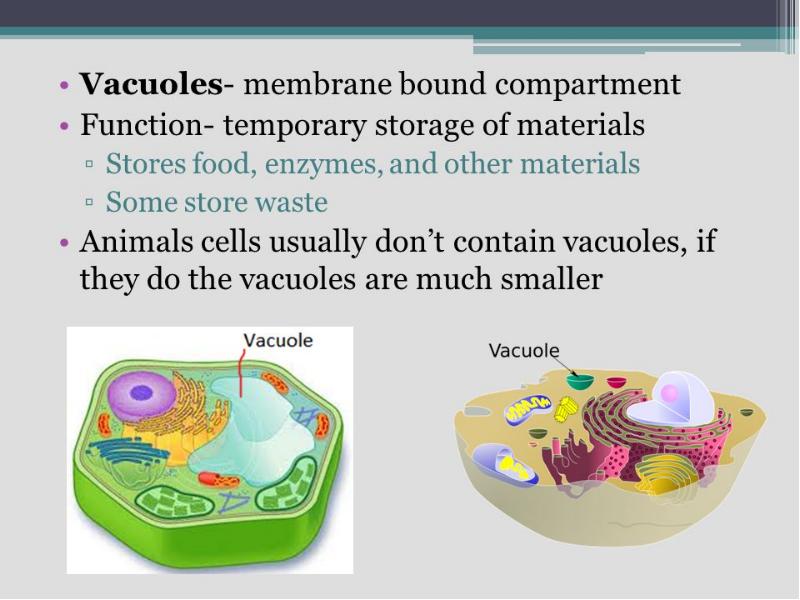
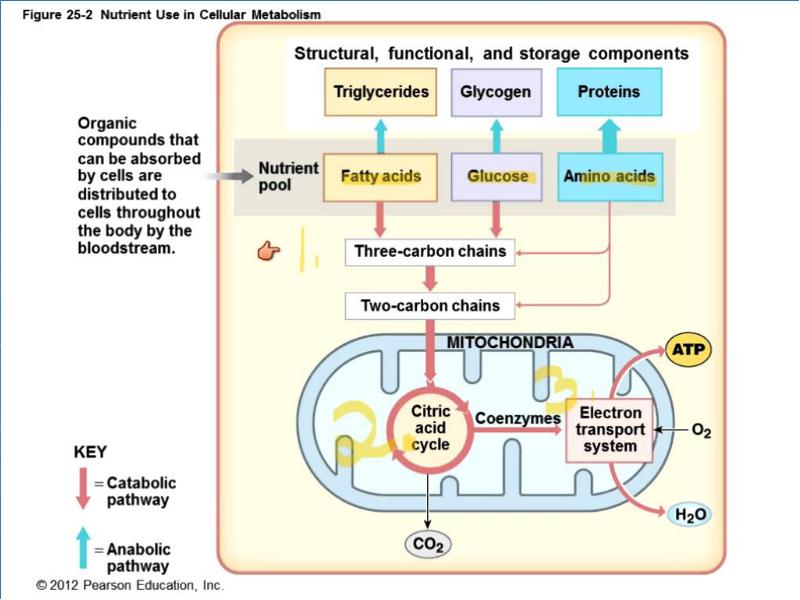
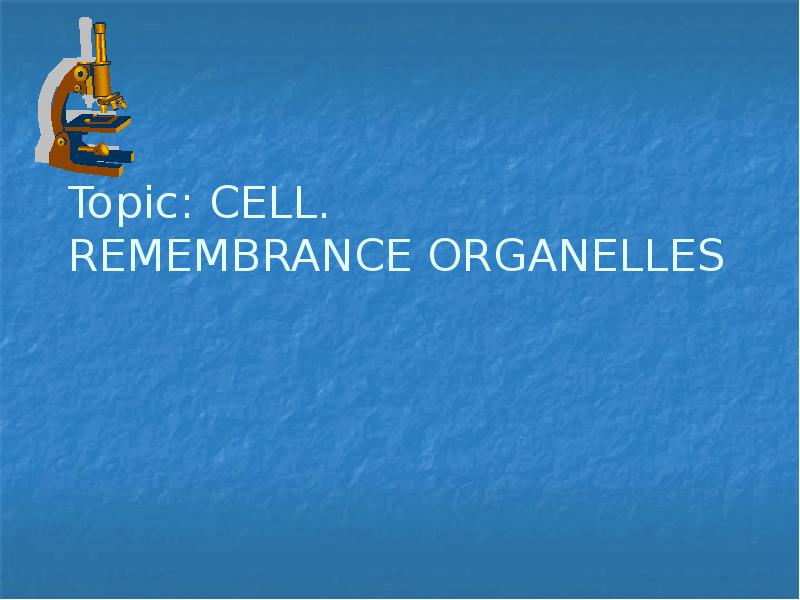
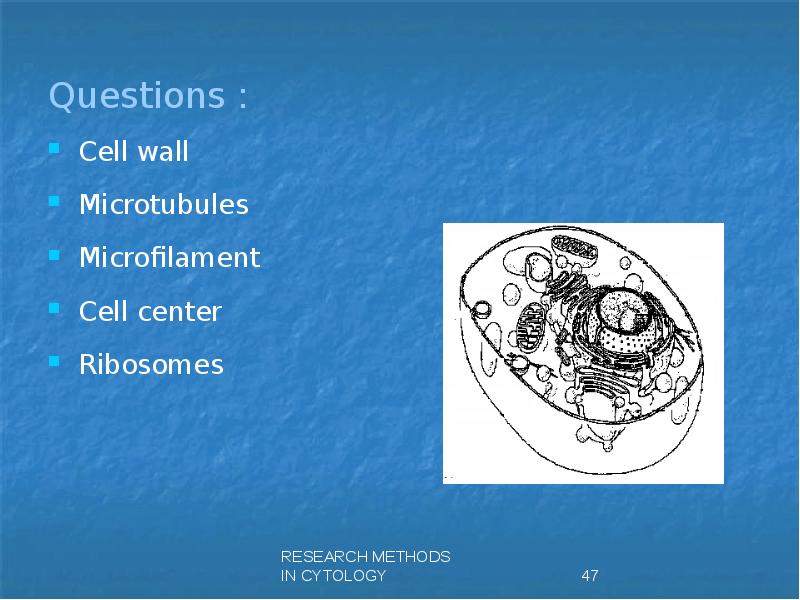
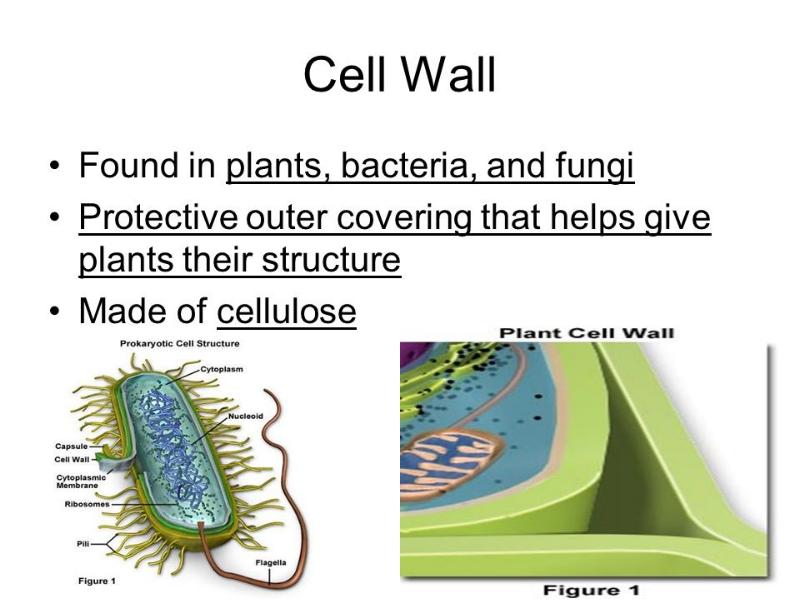
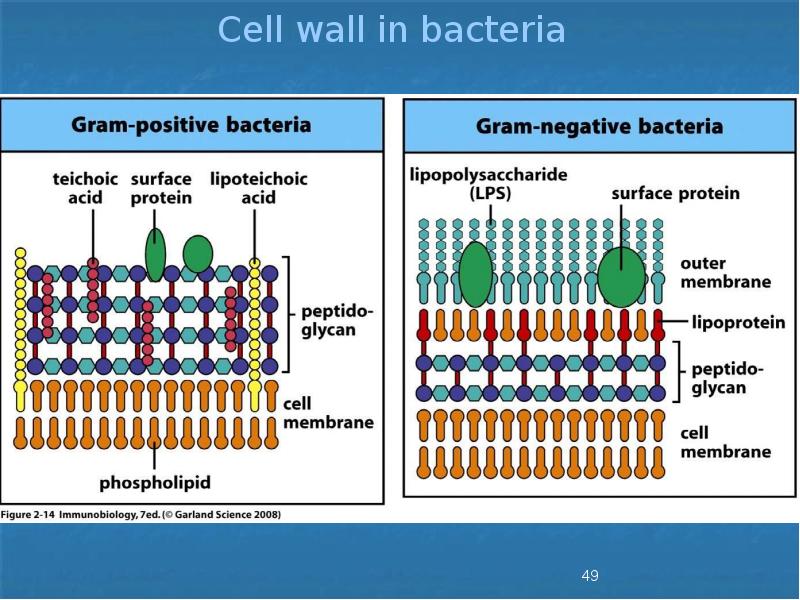
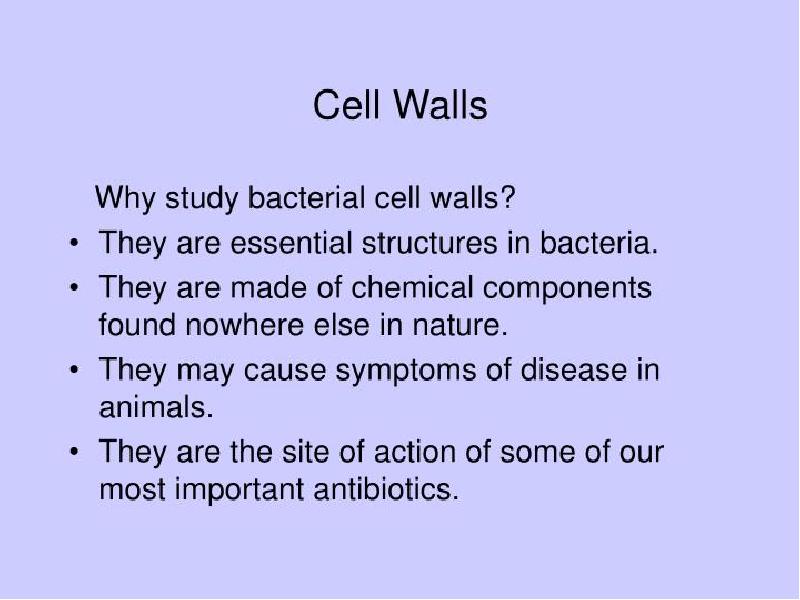
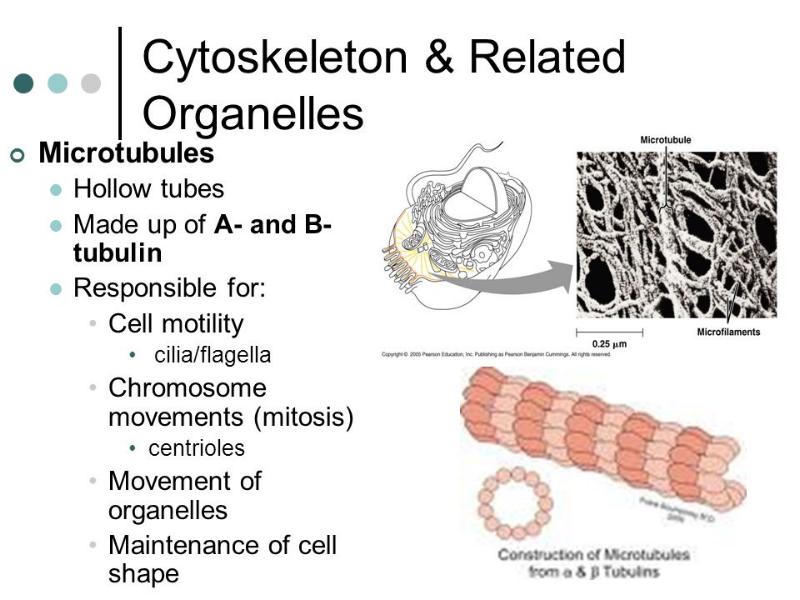
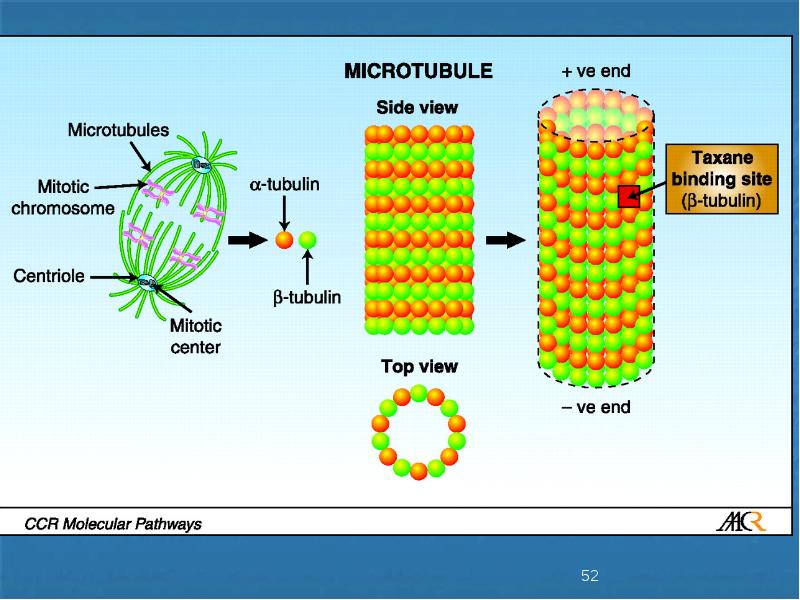

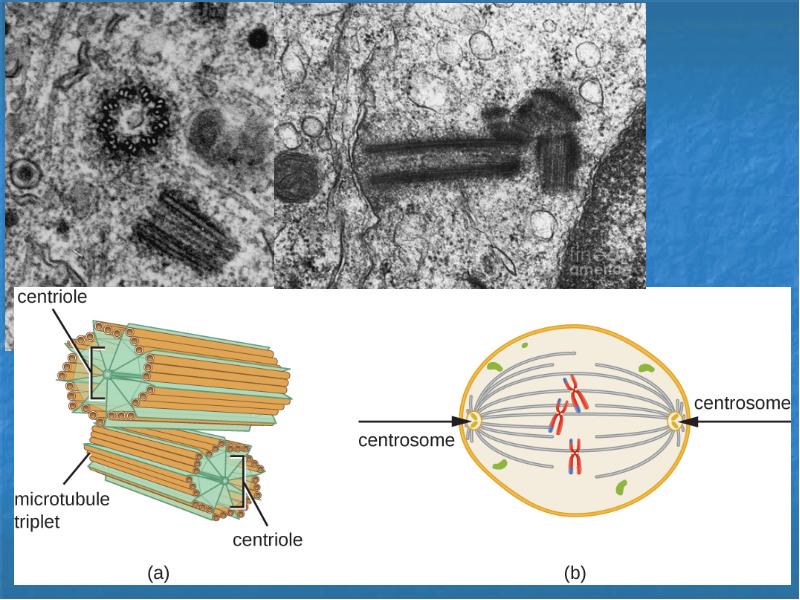
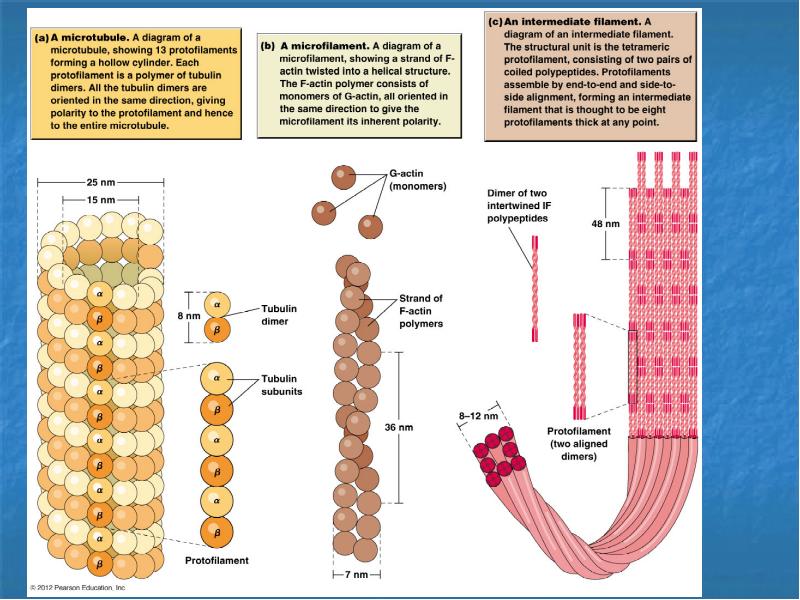
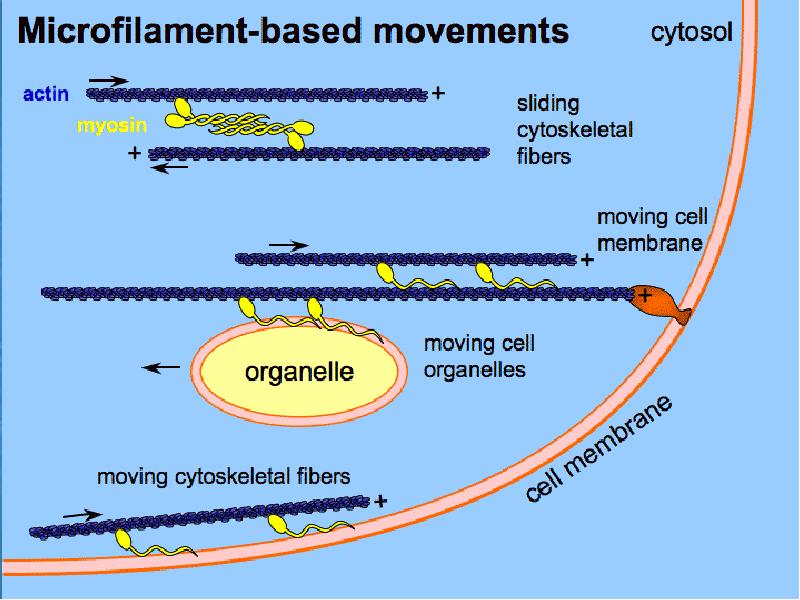
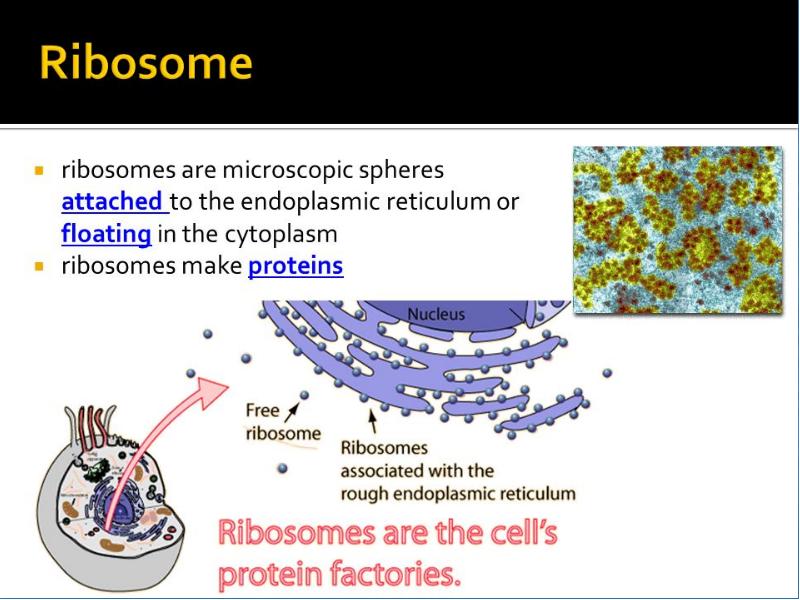
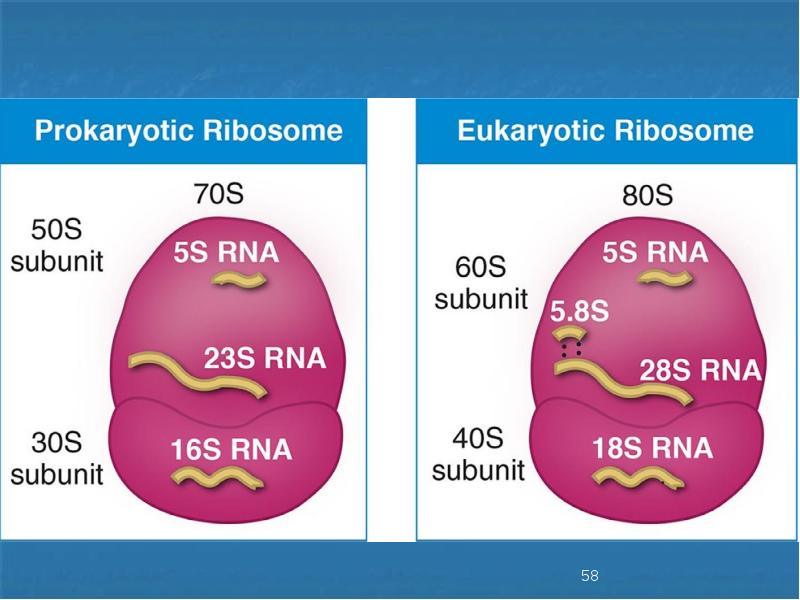
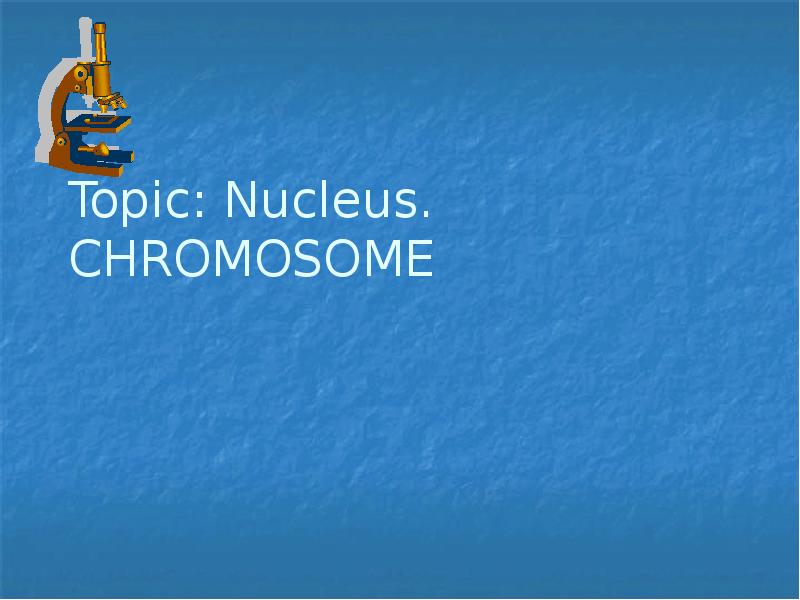
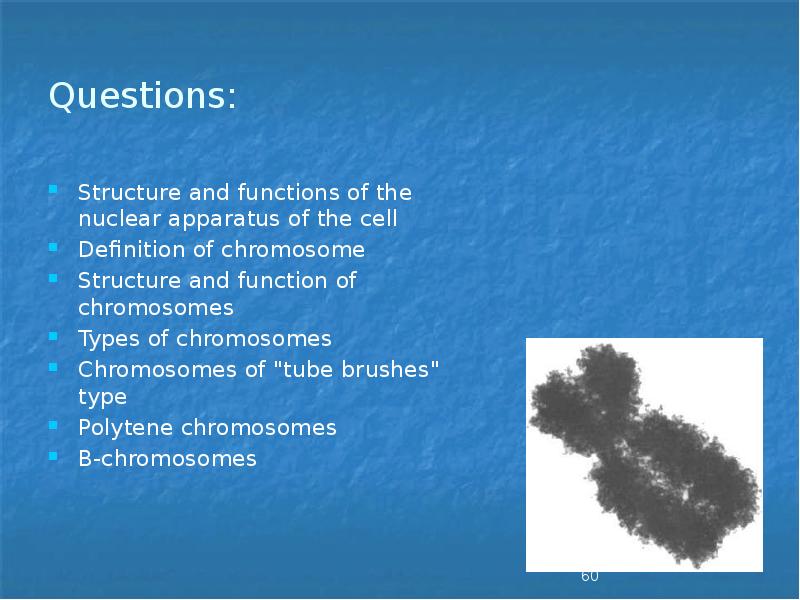
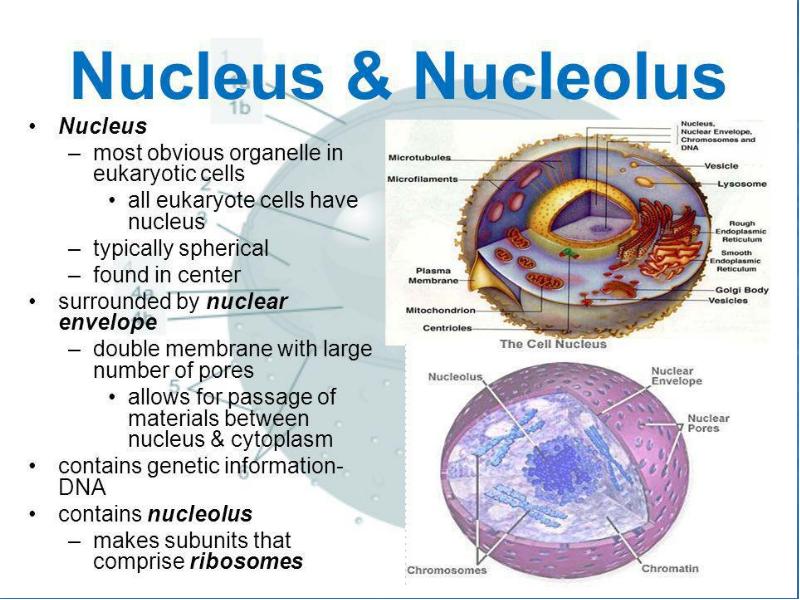
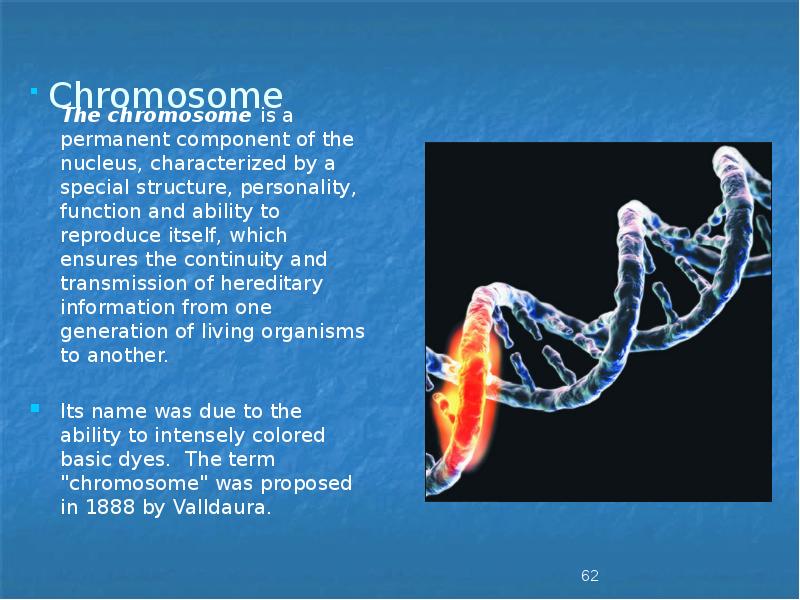
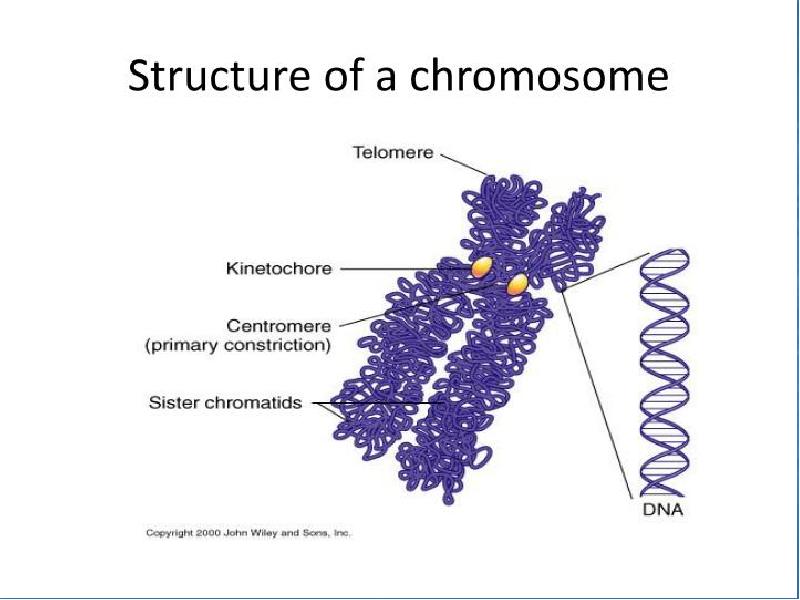
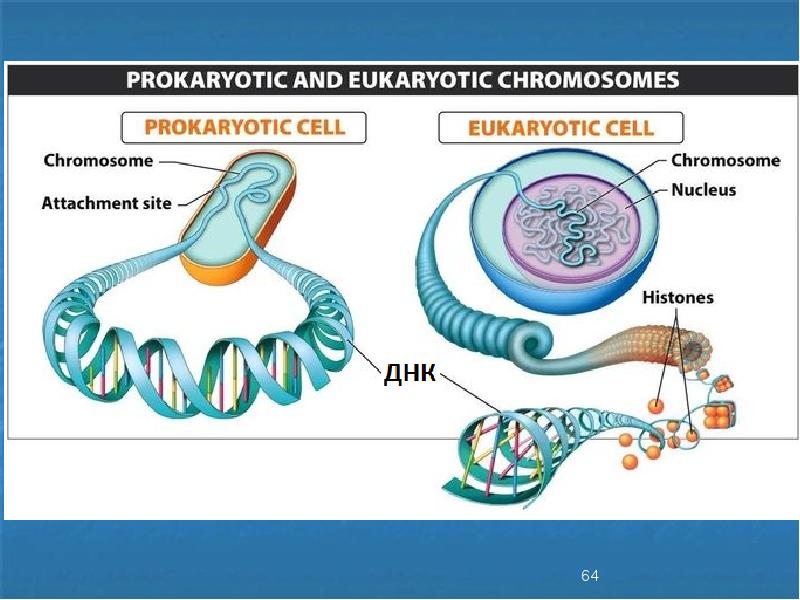
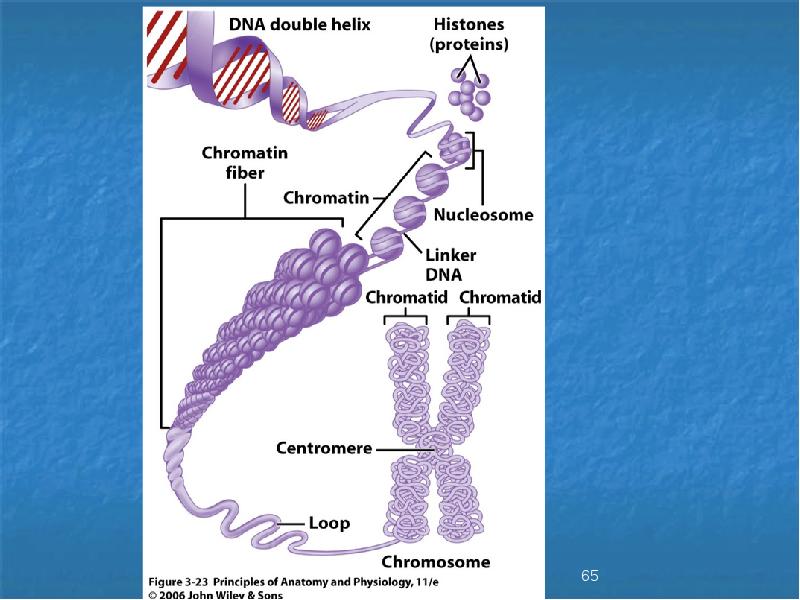
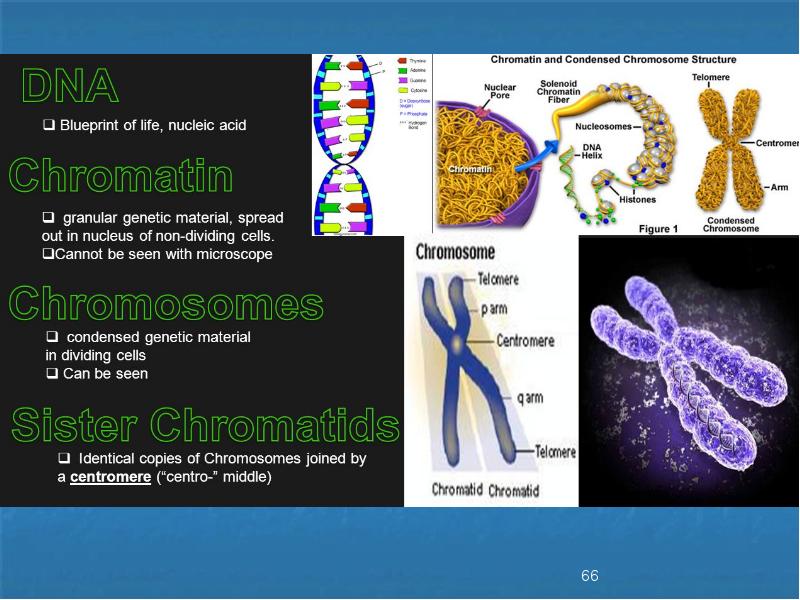
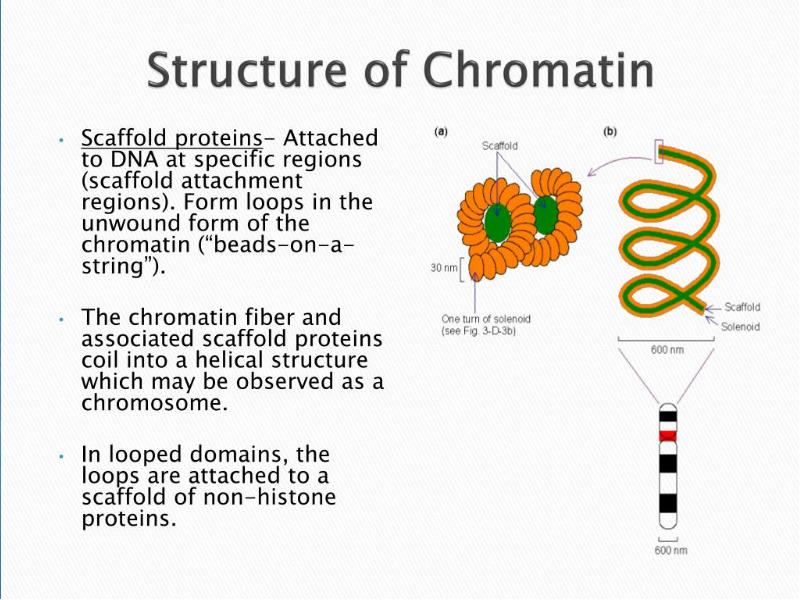
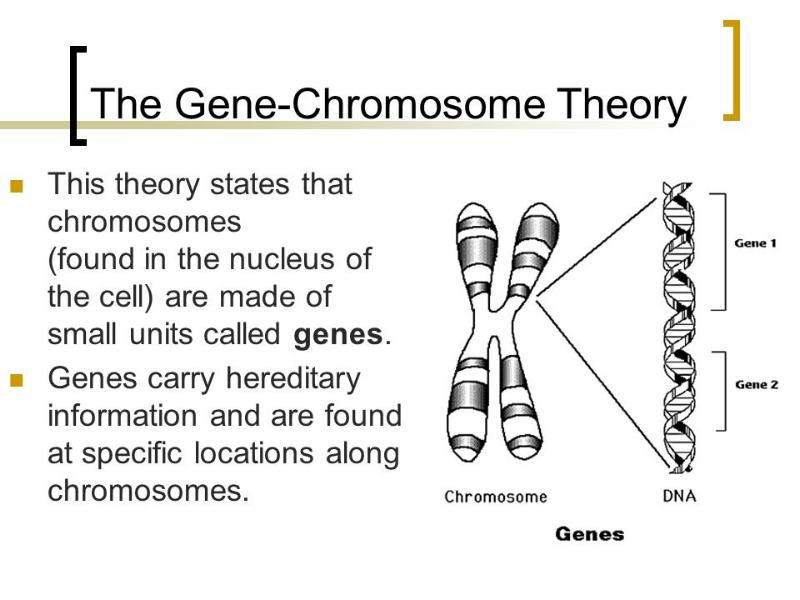
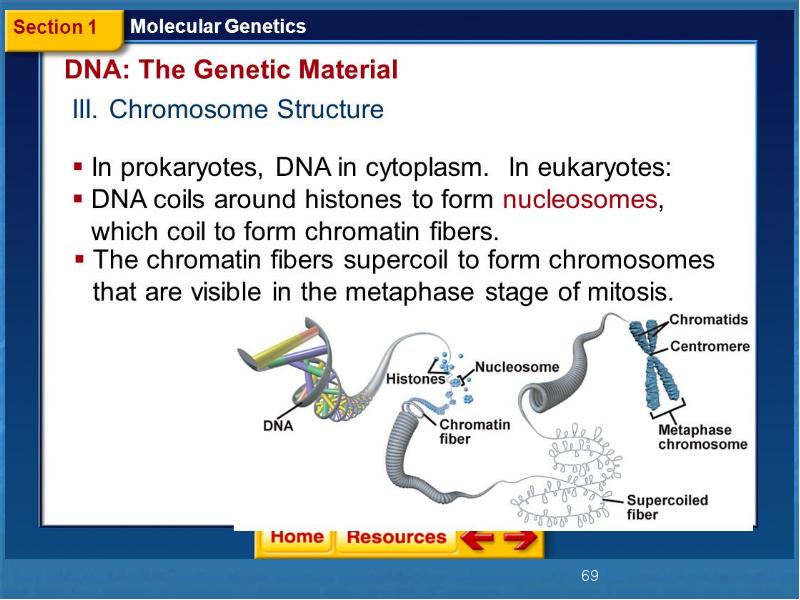
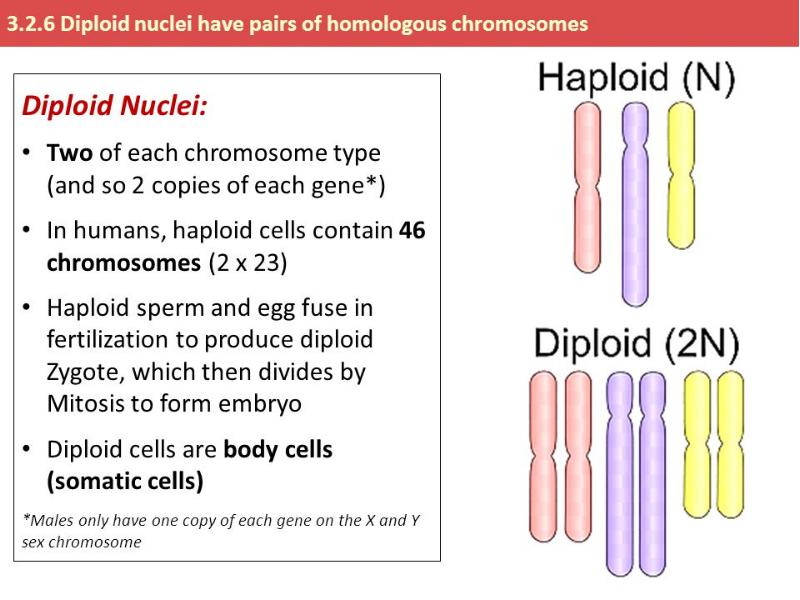
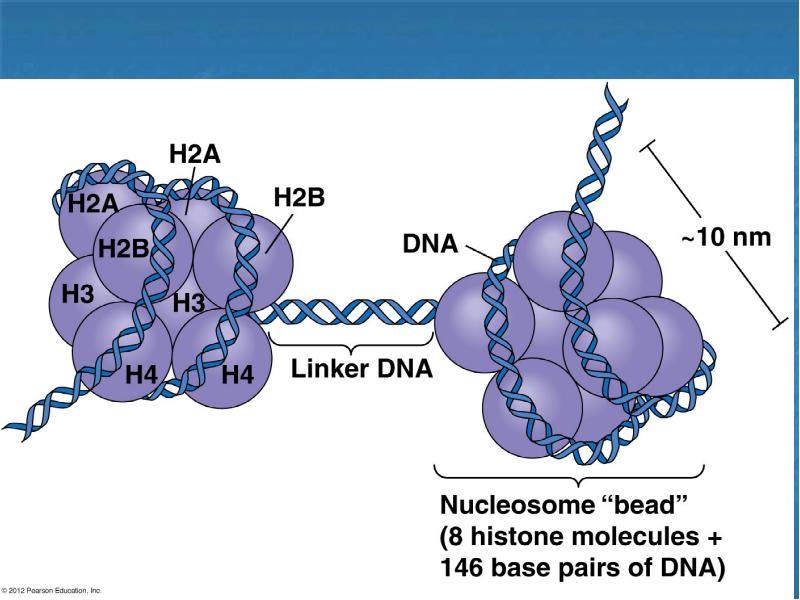
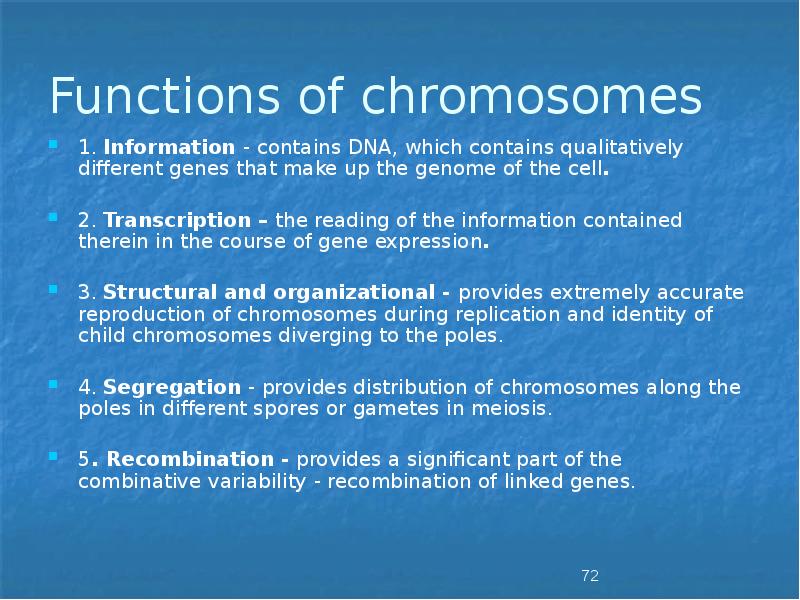
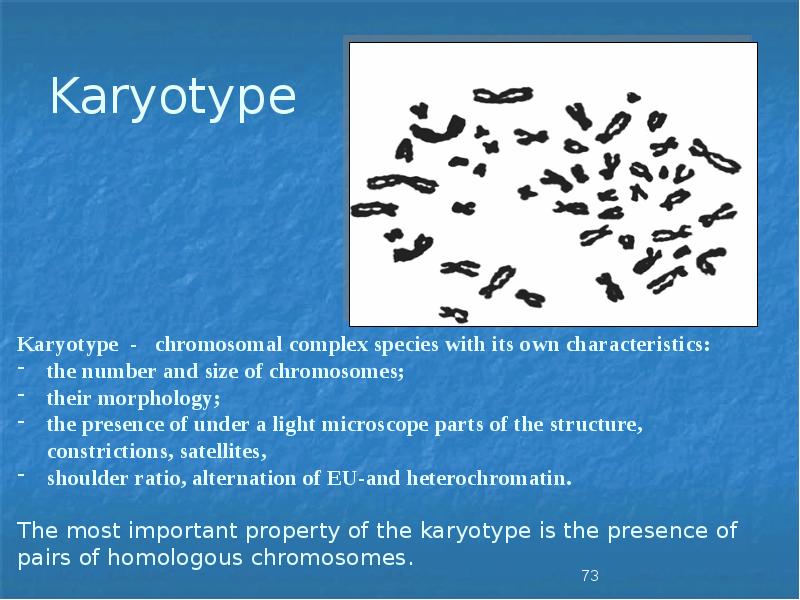
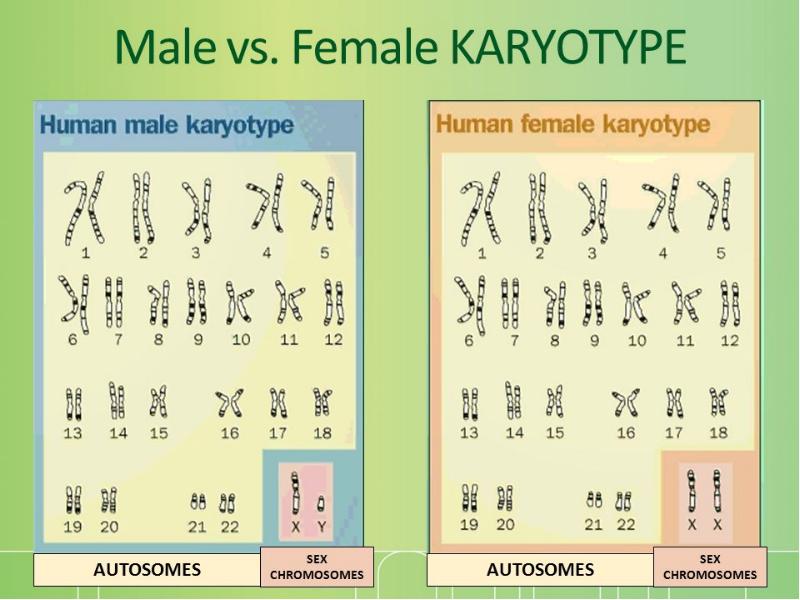
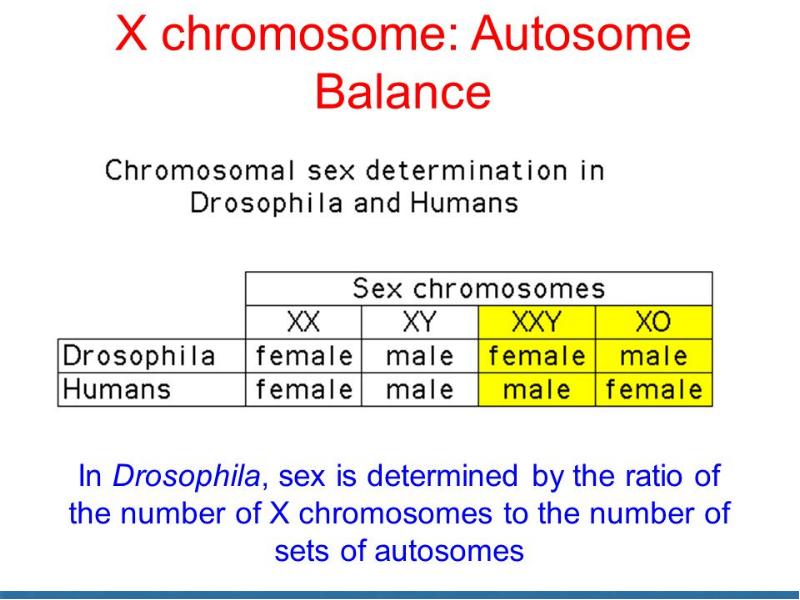
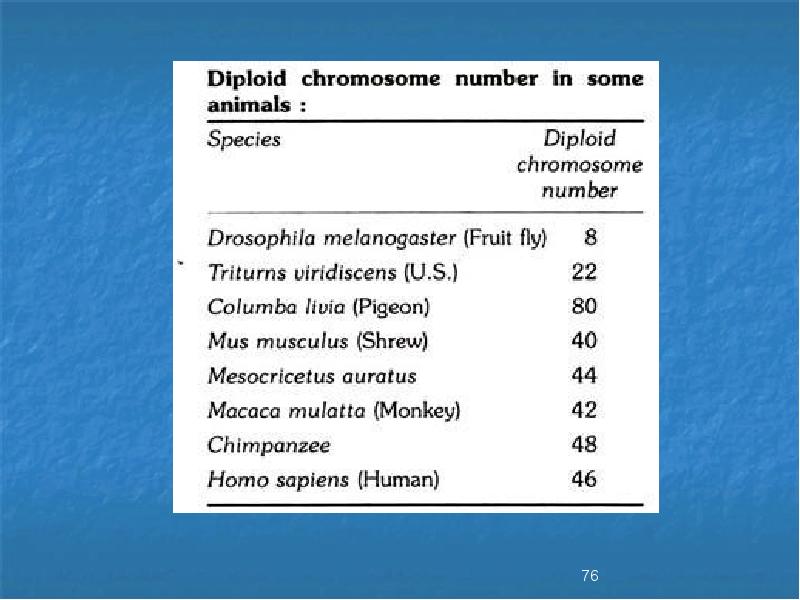
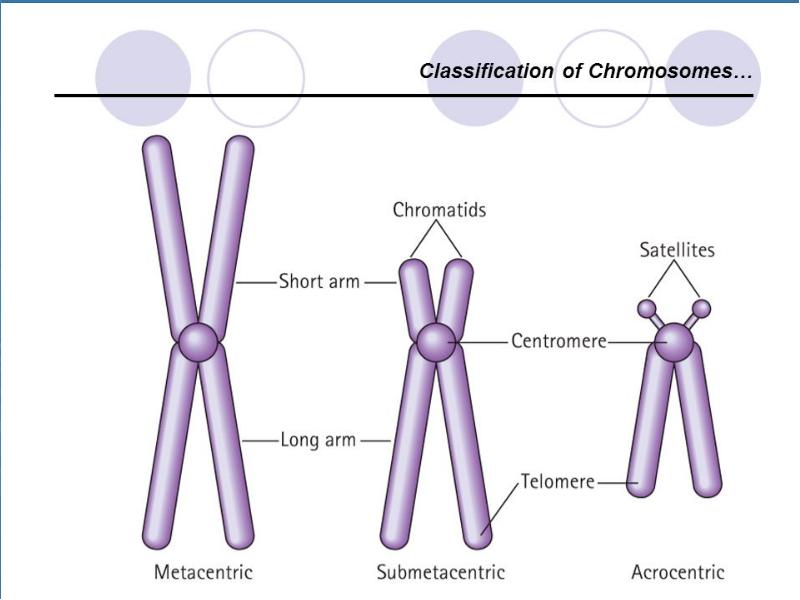
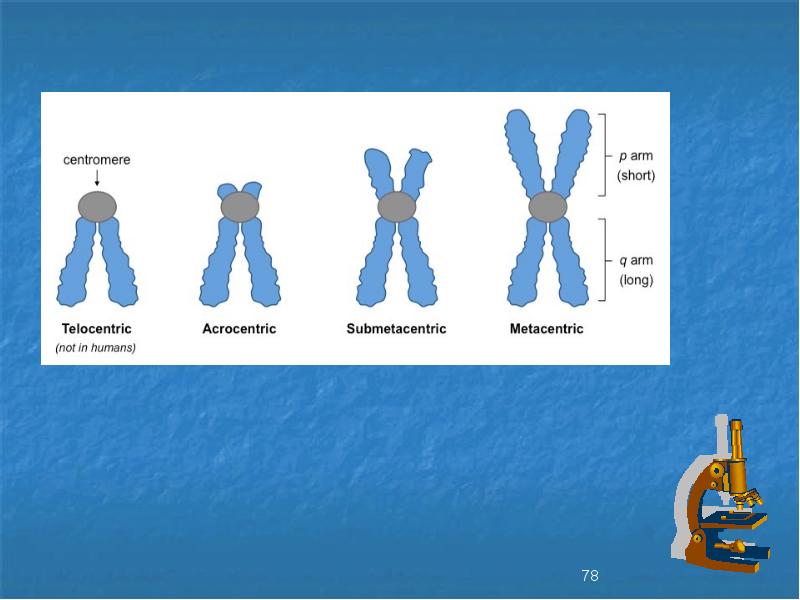
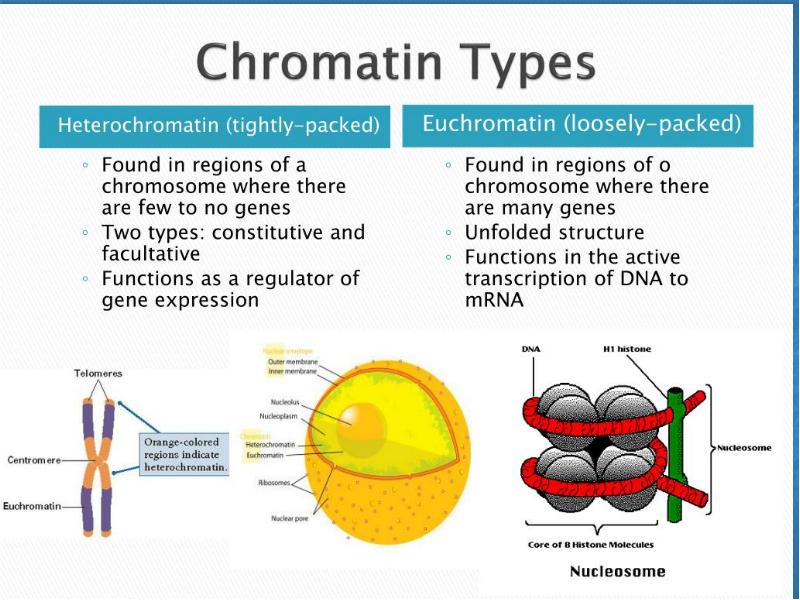
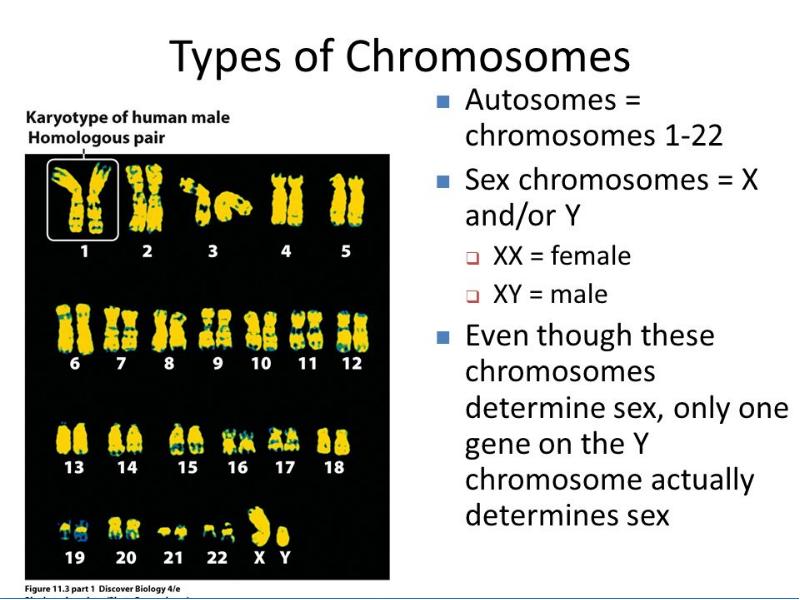
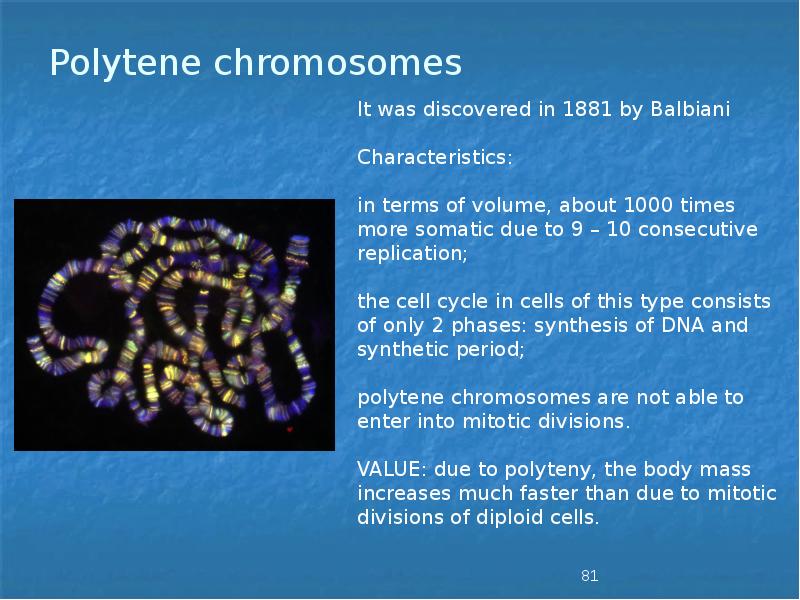
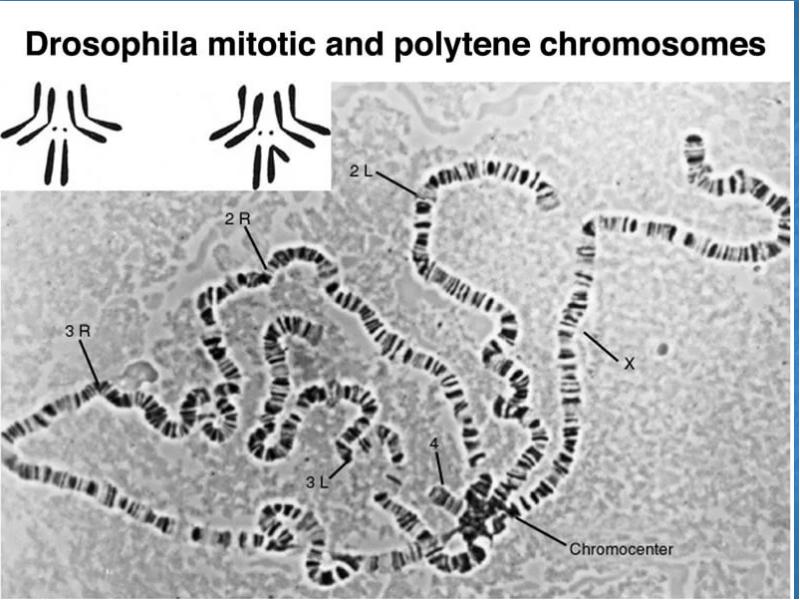

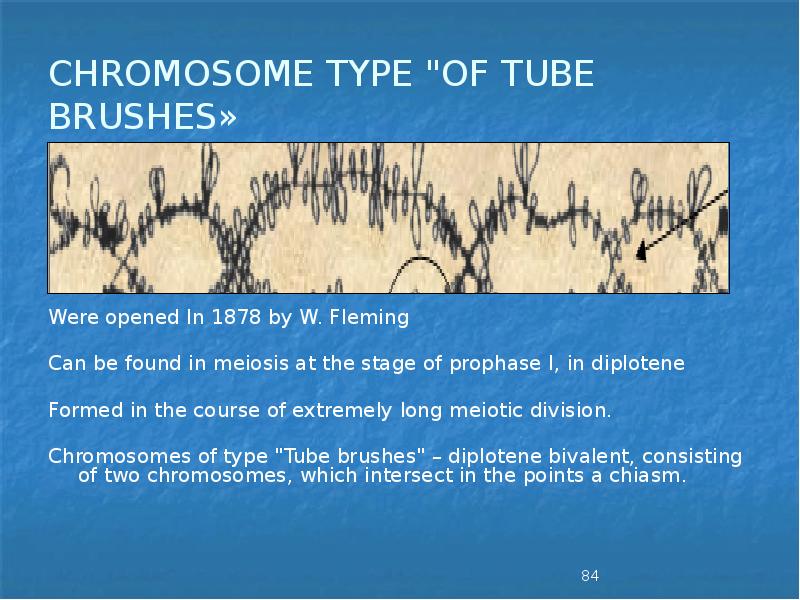
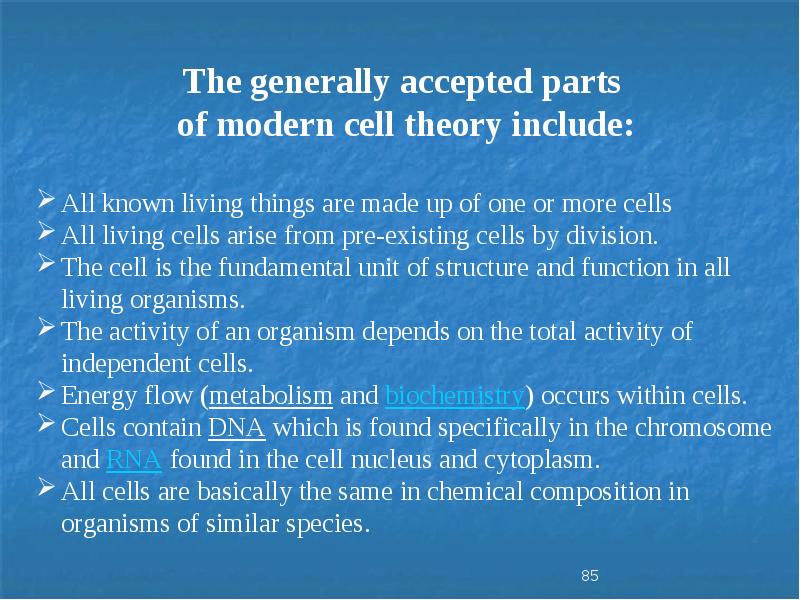
Слайды и текст этой презентации
Похожие презентации





























